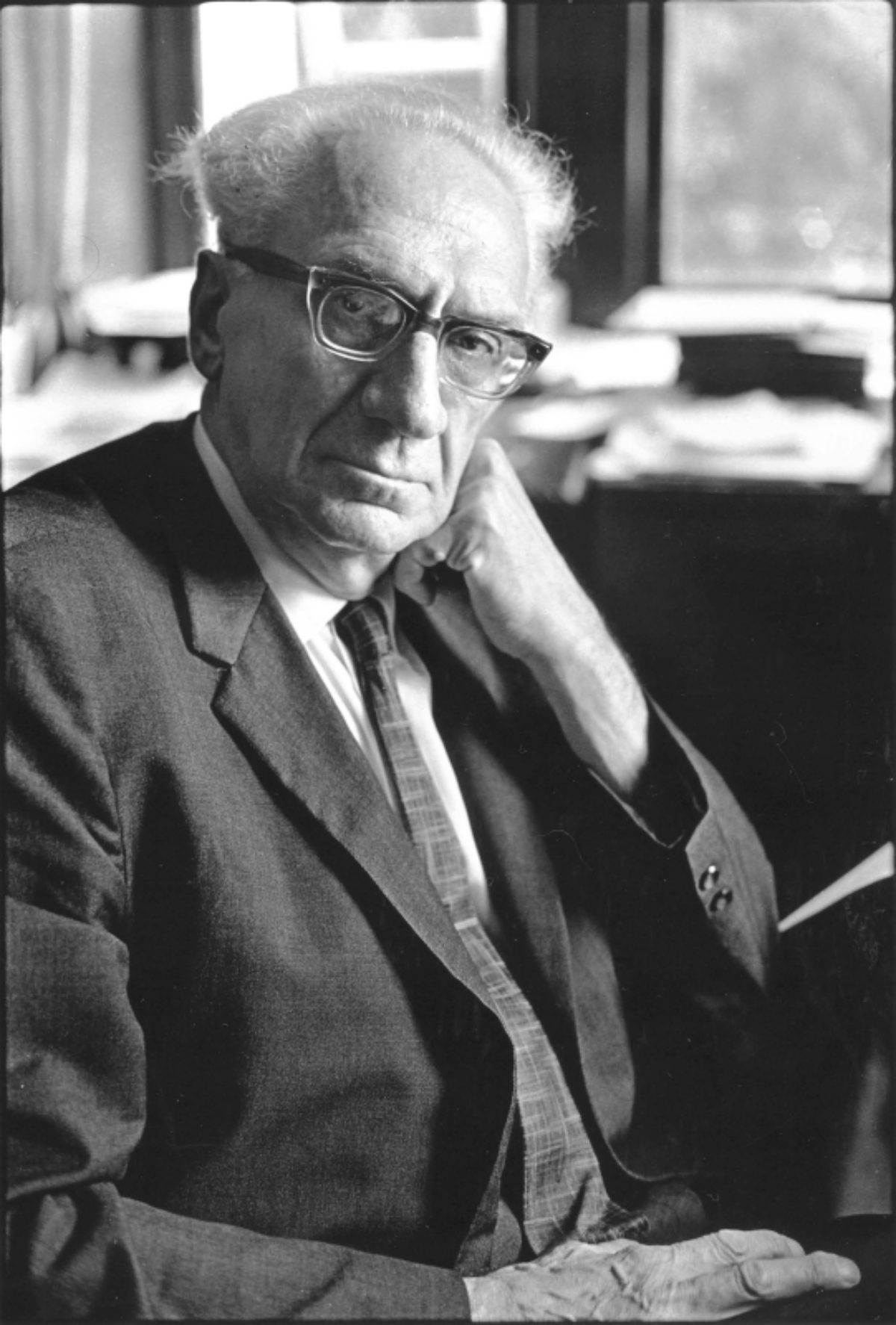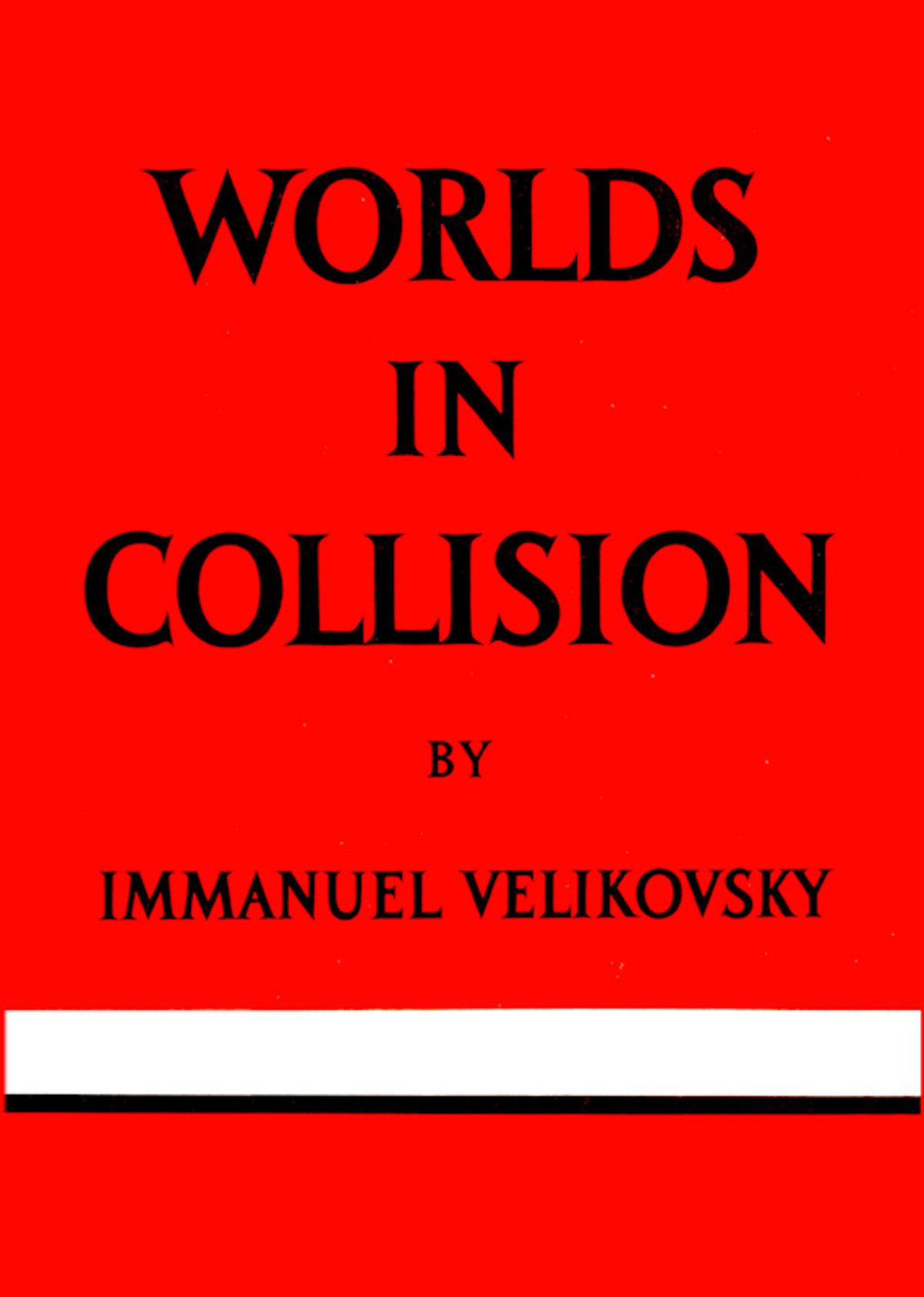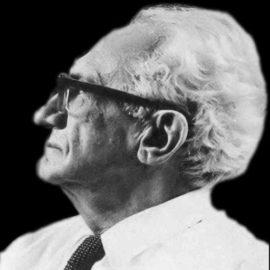Worlds in Collision by Immanuel Velikovsky (1950) [Audiobook]

Worlds in Collision is the first book written by Immanuel Velikovsky and first published on April 3, 1950, by Macmillan Publishers.Velikovsky, Immanuel (1950). Worlds in Collision, Macmillan. ISBN 1-199-84874-3. The book, Velikovsky’s most criticized and controversial, was an instant New York Times bestseller, topping the charts for eleven weeks while being in the top ten for twenty-seven straight weeks.Ellenberger, C. Leroy (1984). Worlds in Collision in Macmillan’s Catalogues. Kronos, 9 (2), 46-57. The 20 weeks at the top stated by Juergens in The Velikovsky Affair is incorrect. (See: Worlds in Collision as bestseller) Despite this popularity, overwhelming rejection of its thesis by the scientific community led Macmillan to stop publishing it and to transfer the book to Doubleday within two months (Friedlander 1995:14).
https://www.velikovsky.info/worlds-in-collision
Immanuel Velikovsky archive: https://archive.org/details/@imvlk



Velikovsky proposes:Immanuel Velikovsky, Worlds in Collision, “Facing Many Problems” (1950)
- “I have endeavoured to show that two series of cosmic catastrophes took place in historical times, thirty-four and twenty-six centuries ago, and thus only a short time ago not peace but war reigned in the solar system.”
- “We maintain also that one planet — Venus — was formerly a comet…
- “… that it joined the family of planets within the memory of mankind”
- “We conjectured that the comet Venus originated in the planet Jupiter”
- “From the fact that Venus was once a comet we learned that comets are not nearly immaterial bodies”
- “We claim that the earth’s orbit changed more than once and with it the length of the year;”
- “… that the geographical position of the terrestrial axis and its astronomical direction changed repeatedly”
- “… the polar regions shifted, the polar ice became displaced into moderate latitudes, and other regions moved into the polar circles.”
- “… electrical discharges took place between Venus, Mars, and the Earth when, in very close contacts, their atmospheres touched each other;”
- “… that the magnetic poles of the earth became reversed only a few thousand years ago”
- “… and that with the change in the moon’s orbit, the length of the month changed too, and repeatedly so”
- “In the period of seven hundred years between the middle of the second millennium before the present era and the eighth century the year consisted of 360 days and the month of almost exactly thirty days, but earlier the day, month, and year were of different lengths.”
- “We offered an explanation of the fact that the nocturnal side of Venus emits as much heat as the sunlit side”
- “… we explained the origin of the canals of Mars and the craters and seas of lava on the moon as brought about in stress and near collisions.
- “… excessive evaporation of water from the surface of the oceans and seas, a phenomenon that was postulated to explain the excessive precipitation and formation of ice covers, was caused by extraterrestrial agents.”
- “We recognized that the religions of the peoples of the world have a common astral origin.”
- “We learned why there are common ideas in the folklore of peoples separated by oceans”
- “The accounts given in this book about planets changing their orbits and the velocities of their rotation, about a comet that became a planet, about interplanetary contacts and discharges, indicate a need for a new approach to celestial mechanics.”
- “The theory of cosmic catastrophism can, if required to do so, conform with the celestial mechanics of Newton.”


